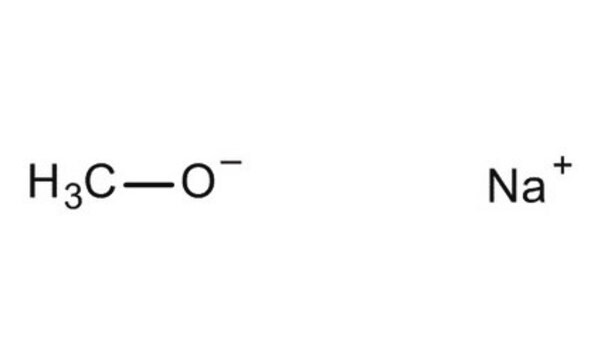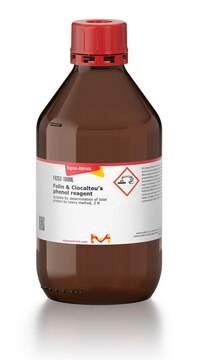10306
HayeSep® Porous Polymer Adsorbent
matrix HayeSep S, 60-80 mesh, bottle of 75 cc
About This Item
Prodotti consigliati
Forma fisica
solid
Livello qualitativo
Confezionamento
bottle of 75 cc
Produttore/marchio commerciale
Hayes Separation Inc
Parametri
250 °C temp. limit
tecniche
gas chromatography (GC): suitable
Area superficiale
~583 m2/g
Matrice
HayeSep S
Dimensione particelle
60-80 mesh
Densità
~0.33 g/mL (free fall density)
Cerchi prodotti simili? Visita Guida al confronto tra prodotti
Descrizione generale
For more information about any of our adsorbents, please visit sigma-aldrich.com/adsorbents
Applicazioni
Note legali
Codice della classe di stoccaggio
11 - Combustible Solids
Classe di pericolosità dell'acqua (WGK)
WGK 3
Punto d’infiammabilità (°F)
Not applicable
Punto d’infiammabilità (°C)
Not applicable
Dispositivi di protezione individuale
Eyeshields, Gloves, type N95 (US)
Scegli una delle versioni più recenti:
Certificati d'analisi (COA)
Ci dispiace, ma al momento non ci sono COA disponibili online per questo prodotto.
Se ti serve aiuto, non esitare a contattarci Servizio Clienti
Possiedi già questo prodotto?
I documenti relativi ai prodotti acquistati recentemente sono disponibili nell’Archivio dei documenti.
Il team dei nostri ricercatori vanta grande esperienza in tutte le aree della ricerca quali Life Science, scienza dei materiali, sintesi chimica, cromatografia, discipline analitiche, ecc..
Contatta l'Assistenza Tecnica.




